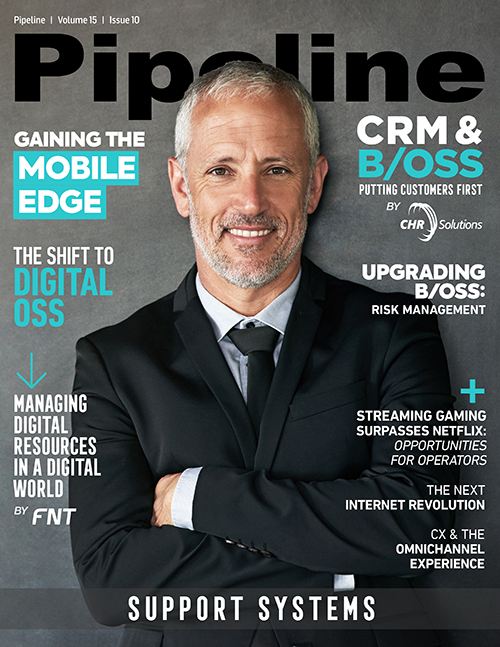How Operators Can Gain an Edge with Mobile Edge Computing
Overcoming those entrenched processes requires teams to embrace approaches like DevOps and Agile, which should be viewed as best friends as opposed to feuding neighbors. These approaches go a long way toward the creation of flexible, cloud-native environments, wherein containerized apps and elastic infrastructure are implemented to facilitate a far more nimble approach to development, deployment and updates.
Additionally, many organizations will benefit from incorporating third-party developers into the transition, as they are free from the cultural and political attitudes and processes that often are ingrained into permanent staff. Careful selection of third-party personnel will result in the addition of people who already are accustomed to more streamlined approaches, resulting in an influx of fresh, new ideas.
This new culture and its attendant philosophy will also yield operations that are poised to meet the challenges of the evolving edge in a timely and far more seamless fashion. As the need for increased amounts of data processing and computing at the edge grows, a modern, flexible approach will drive speed and reduce waste, ultimately translating into increased opportunities for monetization and greater profit margins.
Developing a strategy
As edge paradigms are integrated, organizations should create a strategy that addresses the integration of open source, security and interoperability.
Open source is certain to become a key element in this new edge paradigm, further speeding resolution of issues, porting to different platforms and executing continuous delivery models. Related ecosystems will incorporate a plethora of different expertise and aptitudes, turning a process that would have taken weeks or months in an isolated internal environment into a shared, standardized process that takes merely days or weeks.
As evident in countless examples, openness drives such innovation. OpenStack, a now-mature platform, is growing more popular, while StarlingX is drawing this community toward the edge. Containerization platforms like Docker and Kubernetes are wildly popular among developers, and this modularity drops perfectly into the new paradigm, a cog at home in a well-oiled machine built for portability.
Security is another key facet that should be considered, especially in this era of major breaches and privacy invasions. Security must be addressed at the beginning of an edge strategy, rather than being treated as an afterthought. New edge environments must be developed with robust security, especially the IoT edge, which creates a plethora of security issues because of the volume of devices involved.
While some of these devices are in widespread use and conform to industry standards, many are custom-built with granular specificity, resulting in a veritable “Wild West” for devices. To prevent this, organizations must educate and train with insistent vigor. Vulnerability assessments are a mandatory step in the development and deployment of IoT devices, a step that must preclude connection to the IoT edge. Trusted software supported by blockchain and signed images should be ubiquitous. Once deployment occurs, real-time detection and visualization of security breaches should be a given.
Naturally, the strategy must ensure that all moving parts work together. As 5G networks come online, mobile players will clamor to monetize the benefits, such as low latency. Central offices for both fixed and wireless operators will morph headends and distribution hubs into local data centers.
Consideration should be given to incorporating infrastructure as a service (IaaS), platform as a service (PaaS) and orchestration architectures that allow integration of these different edge elements into a cooperative and transparent alignment.
Gaining the edge
Innovation in edge computing is set for an explosive near-future that will revolutionize countless aspects of how we go about our daily lives. Savvy organizations should develop strategies now to incorporate edge computing and drive increased opportunities to monetize IoT.
Telecom operators have a clear advantage with mobile edge computing: their connectivity infrastructure. OTTs, however, are closing in on this. Amazon has dipped its toes into telecom services and Project Fi from Google is another example of the threat posed by OTTs. Unless operators monetize 5G, they could end up being funnels for OTT content.



















